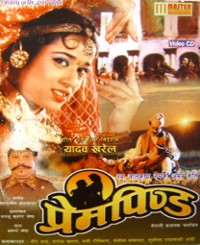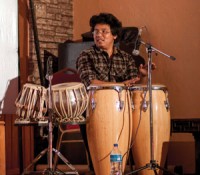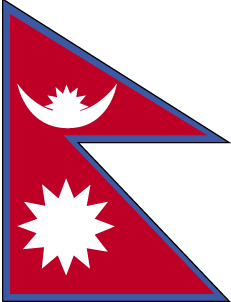Worshipping Self in Mha Puja
Celebrated on the fourth day of Tihar by the Newar community is the festival of Mha Puja. It also falls on the Newari New Year which is based in the Newar calendar, Nepal Sambat. Mha Puja literally refers to self worship, making offering to one’s body.
The body is worshiped during Mha puja as it provides for their existence and they pray for their healthy life so they could work in this physical world. However, some also say that it is an act of purification of the body, mind and soul for enlightenment against ignorance and evils of the world. Because it falls on the same day as the Newari New Year, the Buddhist Newars also observe the puja as an auspicious start to gain the 32 Lakshanas (features) of Buddha through righteous principles and good deed.
To make sure that Mha puja of Aagandya (the family goddess), Taleju Bhawani at three palaces in Khwopa (Bhaktapur), Yen (Kathmandu) and Yala (Patan) are already completed by the high Newar priest before the people perform it, it is conducted mostly in the evening or the afternoon. The Mha puja conducted by the high priests are not accessible to the general public. It is said that during the time of the Newar Kings, the king, the priests and some high ranking Newars able to communicate with the Goddesses through Tantricism and they helped to perform Mha Puja. The regular Mha puja is performed usually on the floor in the dining area. The procedure might vary from people to people but the elements used are same for all.
The most essential elements of Mha puja are Mandala, Itaa (hand-woven cotton strands soaked in oil), Sagan, flower, fruits, nuts and sweets. There are basically eight different Sagans for Mha puja that are Manda or Mandala, Itaa, fruits, Jajanka (holy thread), Mari (sweets), Dhau (yogurt), Tika and Khen Sagun.
Mha puja is important for understanding oneself and respecting one’s role in the world. It is said that understanding self makes one unselfish and more responsible. The elements are also recognized as the symbols of the world. The Mandala is symbolized as the world, fruits and sagan as the offering made by the earth. Moreover, the celebration and feasting by family members with Itaa lights around the Mandala help to strengthen the family relationships. The married daughters are not allowed to perform puja in their maternal home.






